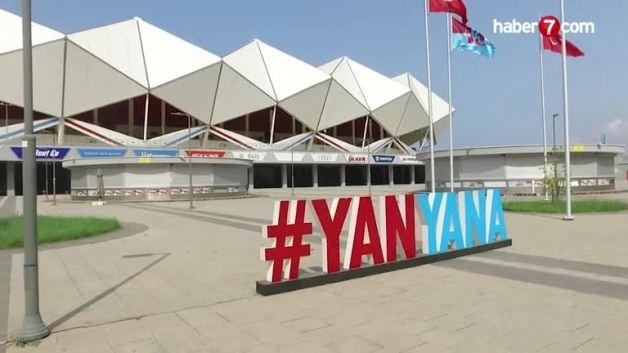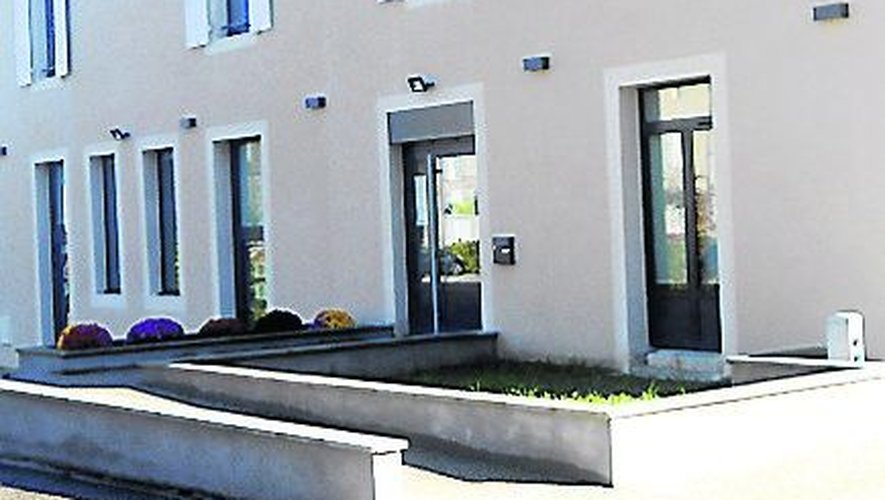HMRC's Voice Recognition System: Faster Call Handling For Taxpayers

Table of Contents
How HMRC's Voice Recognition System Works
HMRC's voice recognition system leverages cutting-edge technology, specifically Automatic Speech Recognition (ASR) and Natural Language Processing (NLP), to understand and process taxpayer inquiries. ASR converts spoken language into text, while NLP interprets the meaning and intent behind the spoken words. This allows the system to accurately understand your request and direct your call efficiently.
The process is straightforward:
- Dialing the HMRC number: You begin by dialing the designated HMRC phone number for your query.
- Following voice prompts: The system will guide you through a series of clear voice prompts. You'll be asked to state the nature of your inquiry.
- Providing information via voice: You'll provide necessary information using your voice, such as your Unique Taxpayer Reference (UTR) number or the specific tax year in question.
- System routing the call: Based on your verbal input, the sophisticated call routing system directs your call to the most appropriate agent, significantly reducing wait times and ensuring you speak to the right expert.
This automated system uses keywords and phrases to identify the topic of your call, leading to faster and more accurate call routing. It utilizes advanced algorithms to match your query with the relevant department, minimizing the need for lengthy explanations and transfers.
Benefits of the Voice Recognition System for Taxpayers
The benefits of HMRC's voice recognition system are numerous and directly impact the taxpayer experience. The most significant advantage is undoubtedly the reduced wait times. While precise statistics may vary, anecdotal evidence and early reports suggest a substantial decrease in the average call waiting time. This translates to more efficient use of your time, freeing you up to focus on other tasks.
Other key benefits include:
- Shorter call waiting times: Experience significantly reduced hold times compared to traditional phone systems.
- Increased efficiency: The system streamlines the call routing process, getting you to the right agent faster.
- Improved accessibility for disabled taxpayers: Voice recognition technology offers enhanced accessibility for individuals with visual or motor impairments, providing a more inclusive service.
- 24/7 self-service options: Depending on the implementation, the system may offer self-service options around the clock, enabling you to access information and complete simple tasks at your convenience.
Addressing Concerns and Challenges
While the voice recognition system offers numerous advantages, it's essential to address potential concerns. The accuracy of speech recognition can be affected by background noise, accents, or unclear pronunciation. Furthermore, privacy concerns regarding the handling of personal data are paramount.
HMRC has taken proactive steps to mitigate these challenges:
- Accuracy of voice recognition: HMRC continually invests in improving the system's accuracy through advanced algorithms and training data.
- Data privacy and security measures: Robust data encryption and security protocols are in place to protect taxpayer information, complying with all relevant data protection regulations.
- Troubleshooting support and FAQs: Comprehensive FAQs and troubleshooting resources are available online to help users navigate any technical difficulties.
- Dealing with complex queries: While the system handles many straightforward inquiries, complex or nuanced issues may still require interaction with a human agent.
The Future of HMRC's Voice Recognition Technology
HMRC is committed to continuously improving and expanding its voice recognition technology. Future developments will likely include:
- Improved speech recognition accuracy: Ongoing development aims to enhance the system's ability to understand a wider range of accents and dialects, further improving accuracy.
- Integration with online services: Future integration with HMRC's online services will create a seamless experience, allowing users to switch effortlessly between voice and digital interactions.
- Multi-lingual support: Expanding language support to cater to the diverse linguistic needs of the UK population is a key priority.
- Advanced analytics and personalized service: Analyzing call data will allow HMRC to personalize service offerings and improve efficiency based on user needs.
Conclusion: Experience Faster Tax Services with HMRC's Voice Recognition System
HMRC's voice recognition system is transforming taxpayer service, delivering faster call handling, improved accessibility, and increased efficiency. This innovative approach reduces frustration, saves time, and offers a more user-friendly experience for interacting with the tax authority. The system's ongoing development promises even greater improvements in the future. Try HMRC's new voice recognition system today for a quicker and more efficient tax experience!

Featured Posts
-
 Tadic Fenerbahce Ye Geliyor Kuluep Tarihinin En Bueyuek Transferlerinden Biri
May 20, 2025
Tadic Fenerbahce Ye Geliyor Kuluep Tarihinin En Bueyuek Transferlerinden Biri
May 20, 2025 -
 Atkinsrealis Droit Commercial Et Contrats
May 20, 2025
Atkinsrealis Droit Commercial Et Contrats
May 20, 2025 -
 Oropedio Evdomos Pos Na Perasete Mia Aksioprepi Protomagia
May 20, 2025
Oropedio Evdomos Pos Na Perasete Mia Aksioprepi Protomagia
May 20, 2025 -
 Budget Logements Saisonniers Et Sainte Eugenie Les Decisions Du Conseil Municipal De Biarritz
May 20, 2025
Budget Logements Saisonniers Et Sainte Eugenie Les Decisions Du Conseil Municipal De Biarritz
May 20, 2025 -
 Kolme Muutosta Huuhkajien Avauskokoonpanossa Kaellman Sivuun
May 20, 2025
Kolme Muutosta Huuhkajien Avauskokoonpanossa Kaellman Sivuun
May 20, 2025
